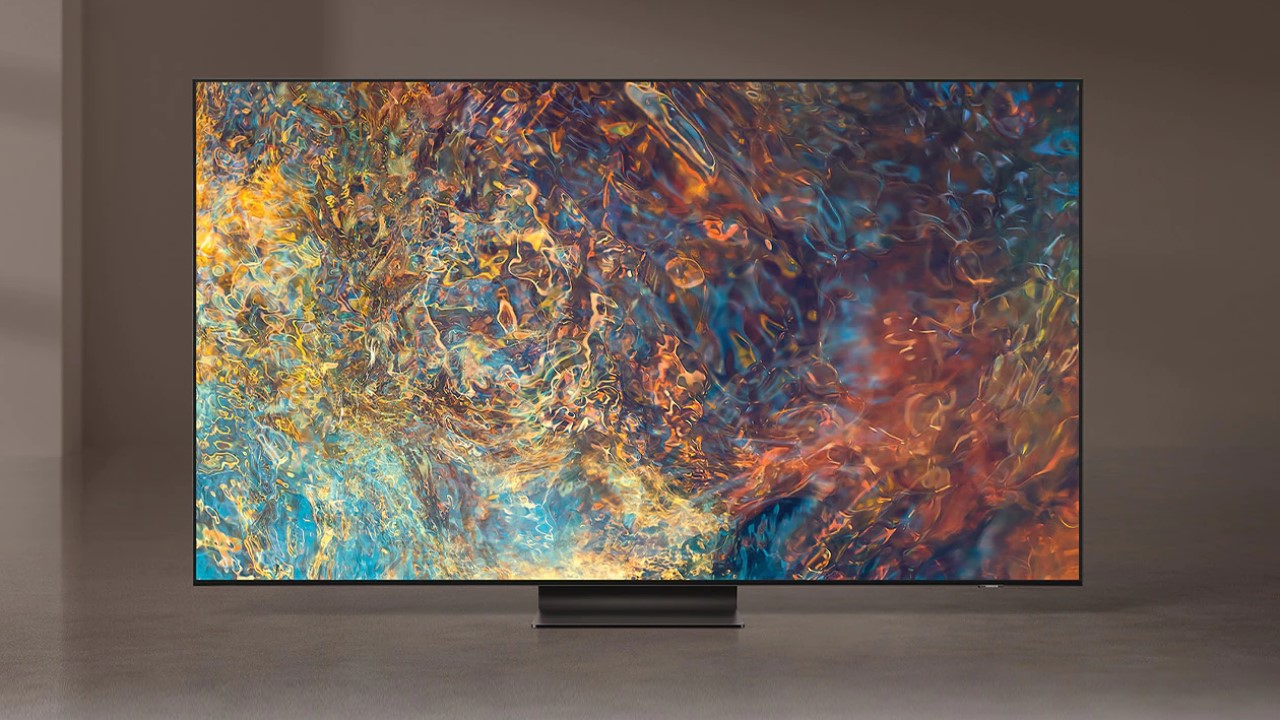QLED vs OLED vs everything else - TV technologies broken down and explained
Put off by all the TV tech acronyms? He🌸re's what they mean and what the difference a🎀re

Nowadays, when it comes to researching and ogling the 澳洲幸运5开奖号码历史查询:best gaming TV for your setup,🍸 which panel technology is best? OLED and QLED rule the roost, but sound much the same - though they’re worlds apart under the hood - and whꦦere do LCD, QNED, and ULED fit in?
If you're looking for some quick links to keep handy and open as you swot up on the terminology so you're prepared to strike♏, then these retailer pages will have you well covere🌌d.
US gaming TVs: | |
UK gaming TVs: | | | | |
This forest of acronyms might seem impenetꦺrable, but each one is important as each indicates very different attributes and characteristics from another. Despite most new TVs appearing much the same, both in appearance and specification, different panel technologies have their own pros and cons, and there’s no shortage of marketing blather to add extra confus🥂ion.
The TV market is largely split into twꦦo camps: OLED, and LCD (which includes models sporting QLED, ULED, and QNED labels). The most ubiquitous flatscreen type is LCD (Liquid Crystal Display). LCD screens al🅷l require an LED backlight to work, and this is why these sets are often dubbed LED TVs, or even LED LCDs. Rival OLED is a self-immersive display. Its pixels are self-lit, so no backlight is required. This means the screens can be thinner and have better contrast with inky blacks.
So which sort should a humble gamer buy for their PS5, 澳洲幸运5开奖号码历史查询:Xbox Series X, or 澳洲幸运5开奖号码历史查询:gaming PC? You need to sort the wheat from the chaff, and that's without even considering individual characteristics that make the 澳洲幸运5开奖号码历史查询:best 4K 120Hz TVs or the 澳洲幸运5开奖号码历史查询:best TV for PS5 and Xbox Series X stand out. So, let’s dig🐓 a little deeper...
OLED TVs - A gamer's delight
Pros:
- Perfect blacks and excellent contrast
- Comfortable as a close-up gaming display
Cons:
- Can suffer from image burn-in
- Expensive
The 澳洲幸运5开奖号码历史查询:best OLED TVs (Organic Light-Emitting Diode) are the TVs powered by the hottest screen technology you can buy right now, not least because it boasts sensational image quality with superior contrast. LG is the frontrunner in this field with the likes of last year's LG CX, being one of the best and still very popular, and this year's 澳洲幸运5开奖号码历史查询:LG OLED C1 and 澳洲幸运5开奖号码历史查询:LG OLED G1 coming out of the blocks flying.
OLED is currently only available in larger screen sizes and is more expensive than LCD. Sony, Panasonic, and Philips off🍌er 48-inch models, but we have been told that 42-inch OLED panels will debut before the end of the year - though don’t interpret this to mean ꦉOLED screens will be getting significantly cheaper any time soon. The 48-inch models tend to sell for the same as their 55-inch stablemates. With OLED, you’ll pay a premium for a smaller screen.

O🧸LED is a self-emissive technology and doesn&rs🐻quo;t require a backlight (unlike LCD et al, below). Because every pixel is controllable, OLED screens are able to deliver pure, accurate blacks. There’s no light leakage caused by a backlight, so the contrast is much better. It's this trait that has made OLED a top choice with home cinema fans, who tend to watch movies in no or low light, and value the dynamic range OLEDs offer. Of course, OLED TVs aren’t just for movies; they look superb with games too. Indeed, a 4K 48-inch OLED makes for a jaw-dropping near-field monitor and OLED screens also tend to emit only low levels of blue light, which is regarded as a good thing for eye health.
Sign up to the GamesRadar+ Newsletter
Weekly digests, tales from the communities you lov🌄e, and more
The global supplier of OLED, LG Display recently obtained 'Discomfort Glare Free' verification for its all OLED TV panels from UL, a leading global safety science company, precisely because the screens exhibit no glare. UL’s testing is based on the Unified Glare Rating (UGR), a metric recognized by the International Commission on Illumination (CIE). The verification mark is issued when the UGR is 22 or less when watching TV between 70 lux (lx) - about the brightness of a bedroom lamp - and 300 lx - about equivalent to the light from a bright window. This is in contrast to high-end LED LCD screens, particularly Samsung’s QLED models, which makeﷺ a virtue of intense brightness.
But for all this, they have an Achilles heel. OLE♕D can be susceptible to image retention and burn-in. Manufacturers have adopted a range of technologies to combat bur🍬n-in on OLED, like pixel orbiters and related screen refreshers, and generally, these work well.






